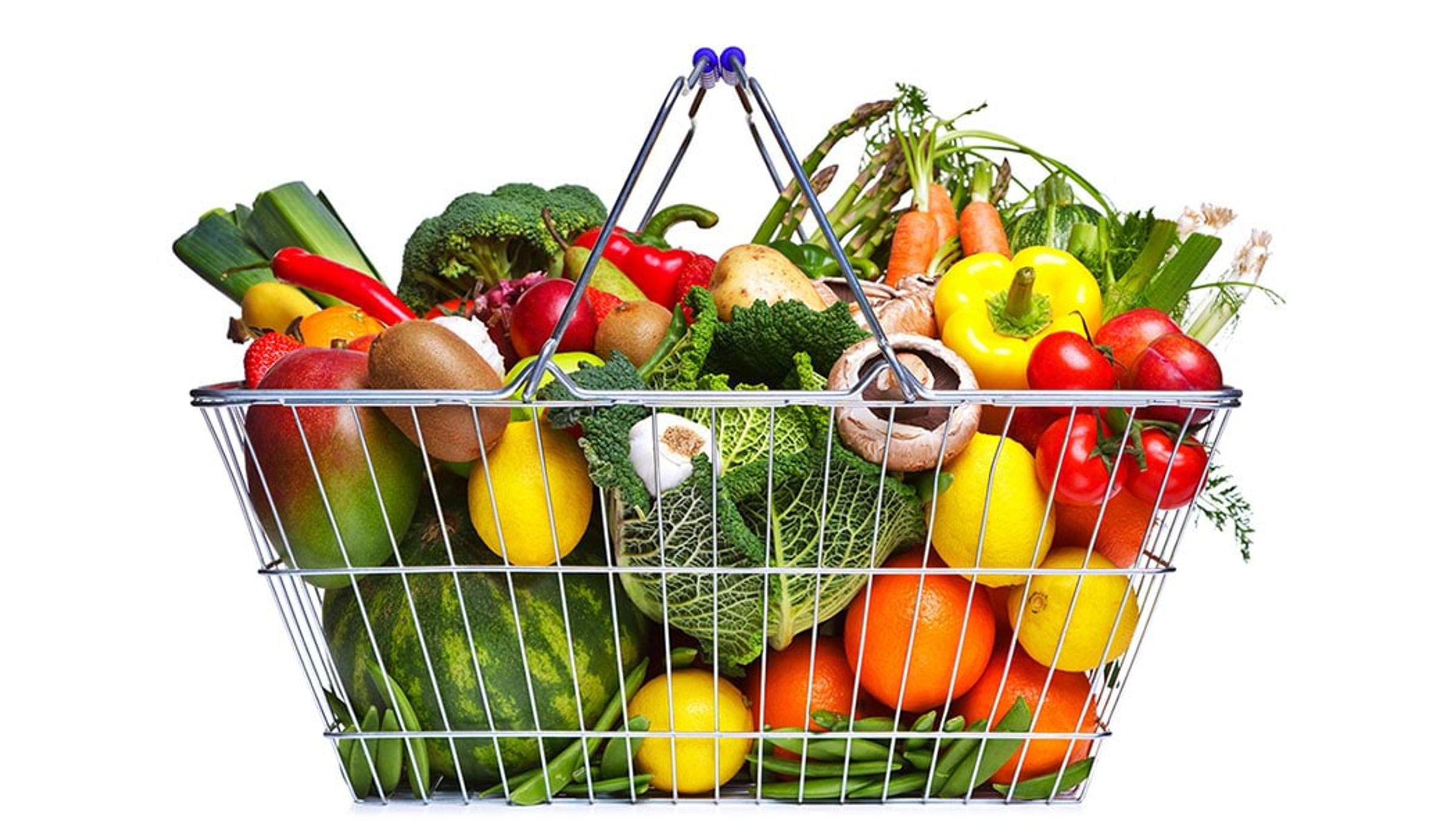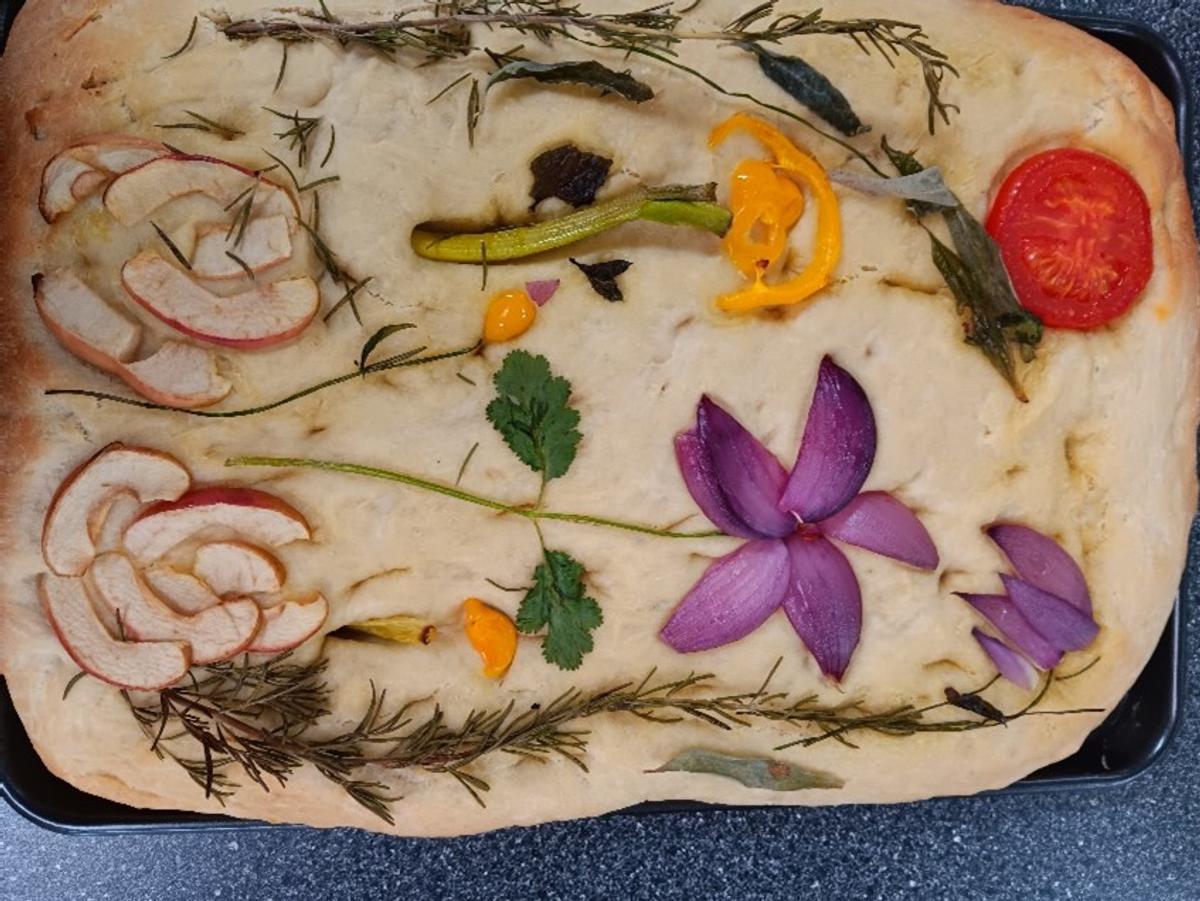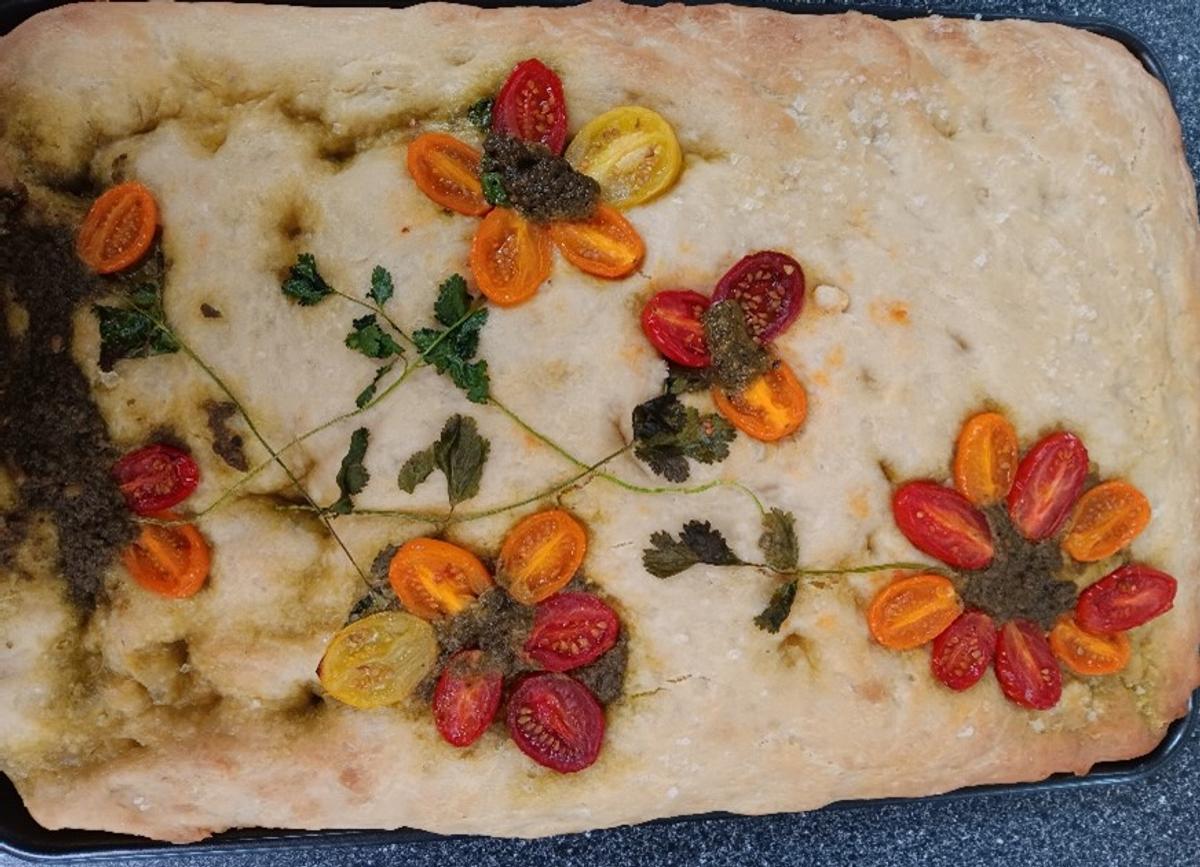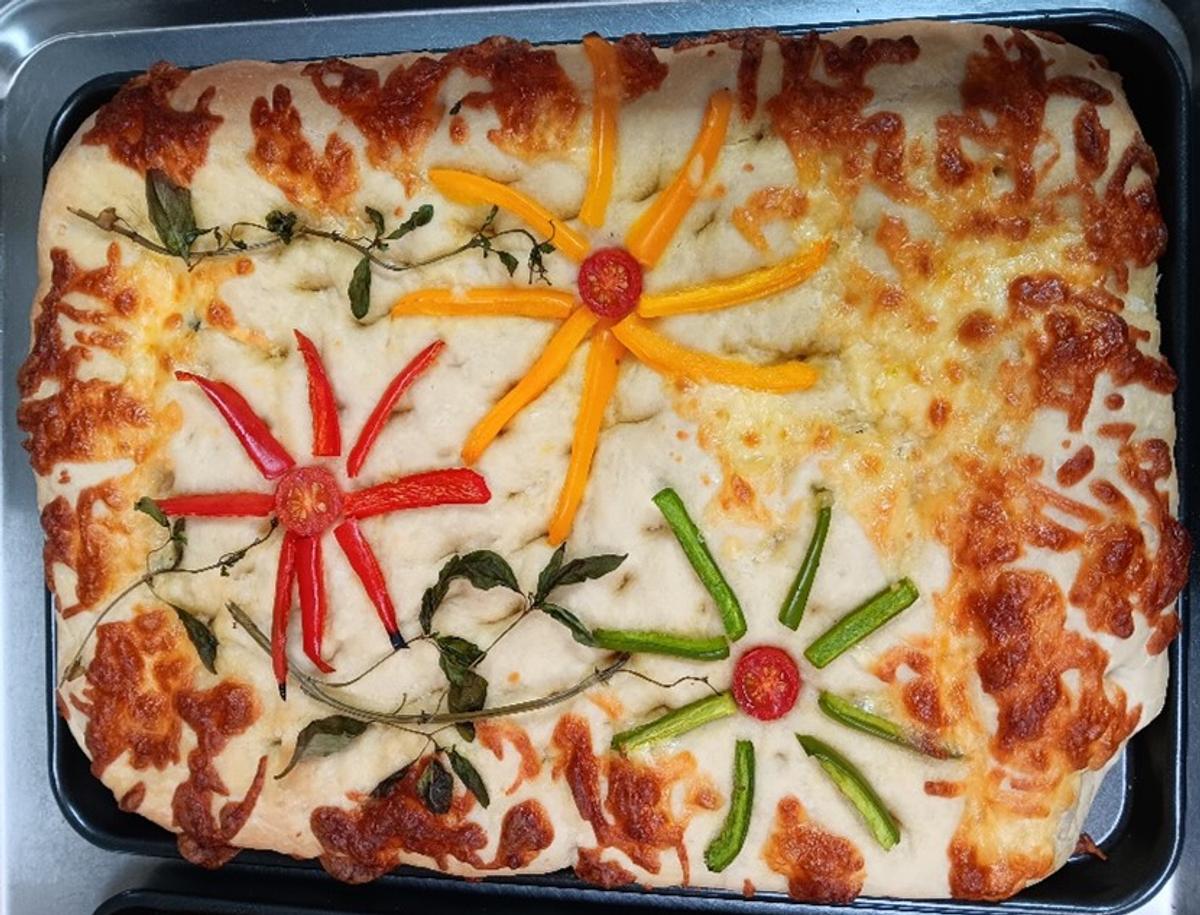Food Technology Update

FOOD TECH- what a fabulous Term 1!
First term has been wonderful to meet the fantastic new students that have come into the kitchens to cook this semester. Early term 1 classes focused on safe food handling in the kitchens. After spending the early part of the term on hygiene, students have been learning about food borne bacteria, and what can be done to prevent food born illnesses by applying these rules of food safety to our preparations. To help our students settle in to new shorter and quicker lessons, teachers have been doing more pre-recorded easily accessible visual demonstrations online. There are lots of learning opportunities through class discussions around the demonstration taking place, which also supports different students learning styles.
At EMC, our food curriculum allows our pupils to apply the principles of nutrition and healthy eating to their day-to-day lives. We promote a love of cooking and healthy food in all our students. Learning how to cook is a crucial life skill for children now and in later life. Throughout their time at school, we aim to encourage independent learning through practical participation and developing student's knowledge of food and health.
Apart from learning to cook, we ensure that our students have a wider understanding of environmental impacts on their choice of foods and why they should be more encouraged to buy fresh, local produce, and reduce the use of plastic, ensuring they understand the impact on the environment relating to the food they eat and food wastage.
Our lovely Year 7’s have been busy learning and applying kitchen safety practices, how different kitchen equipment works, kitchen processes and food safety, with theory lessons focusing around what food safety means. After spending the early part of the term on hygiene, they have been learning about food borne bacteria, and what can be done to prevent food poisoning/cross contamination illnesses. They have also learnt measurement, knife skills and safety, how to use a cooktop and oven safely, and different cooking styles/ methods.
A preview of the some of the cooking year so far:
- Year 7 -Taco’s, Truffles, Berry Muffins, Chicken Souvlaki.
- Year 9- Carrot cake Pikelets, Nacho Bowls, Chickpea Burgers.
- Year 10- Ramen, Tortellini with Napoli sauce, Noodle Boxes.
- Year 10 Café- Bahn Mi, Sushi, Rice Paper Rolls, Bruschetta, 5 Layer Mexican Bean Dip.
- Year 11- Spiced Chicken Salad, Quiche, Dried Fruit & Apple Filo Rolls.
- Year 12- Dumplings, Dahl, Caesar Salad, Bubble Tea.
Food Technology students are introduced to enjoying, preparing, cooking and eating a variety of foods, aiming to develop an understanding of how different foods and food groups affect growth, energy, and health - important life skills for all of us. All recipes made are easy to prepare at home, recipes they can take with them into their futures, and are all available on Compass.
Our Year 11's have put their first design brief project into practice. They were required to create a Garden Focaccia, which met the preparation techniques. Their focaccia’s had to contain different vegetables, fruits, herbs and/or seeds. Some students decided to add foods such as pesto, cheese, vegetables or fruit to design their garden artwork.
Check these out:
Garden Focaccia
https://tasty.co/recipe/gardenscape-focaccia
Ingredients
- ⅔ cup warm water(160 mL)
- 1 tablespoon active dry yeast
- 1 tablespoon honey
- 2 ½ cups bread flour(310 g), divided
- 1 ¾ cups room temperature water
- 9 tablespoons olive oil, divided, plus more to taste
- 3 cups plain flour(375 g), plus more for dusting
- 1 tablespoon kosher salt
TOPPING examples:
- 3 sprigs fresh dill
- 3 sprigs fresh rosemary
- 2 edible flowers
- 5 spears asparagus
- 4 white mushrooms, cut into 1/3 in (8 mm) slices
- 3 cherry tomatoes, of varying colours, halved
- 2 tablespoons kalamata olive, halved
- 1 tablespoon fresh chilies, thinly sliced
- 1 watermelon radish, thinly sliced
- 6 fresh chives
- 1 radish, thinly sliced
- flaky sea salt, to taste
- olive oil, to taste
Preparation
- In a large bowl, whisk together the warm water, yeast, honey, and ½ cup (60 G) bread flour. Cover the bowl with plastic wrap and set in a warm place for 20–30 minutes, until the mixture is bubbly.
- Add the room temperature water, 5 tablespoons of olive oil, remaining 2 cups of bread flour, the all-purpose flour, and salt. Mix well with a rubber spatula to combine until the dough starts to come together.
- Turn the dough out onto a surface lightly dusted with all-purpose flour and bring together. Knead for 10–15 minutes, adding flour as needed to prevent sticking. The dough should be smooth and supple and bounce back when pressed.
- Coat a large bowl with 1 tablespoon of olive oil and transfer the dough into the bowl. Cover with plastic wrap and let rest in a warm place for 1–2 hours, until doubled in size.
- Remove the plastic wrap and punch the dough down.
- Grease an 18 x 13-inch (45 x 33 cm) baking sheet with 1-2 tablespoons of olive oil and use your hands to spread the oil all around the pan to coat. Transfer the dough to the pan and cover the dough with the same piece of plastic wrap. Let rest for 10–20 minutes so it is easier to stretch.
- Uncover the dough. With oiled hands, gently stretch the dough to fit the size of the baking sheet. Cover with plastic wrap again and let proof at room temperature for 1–2 hours, until the dough rises to fill the pan, or refrigerate overnight. Refrigerating overnight is optional, however it will result in a better final texture and flavour. If refrigerating, let the dough come to room temperature for 30–60 minutes before proceeding, until slightly puffed.
- Preheat the oven to 400°F (200°C).
- Use your fingers to dimple the surface of the focaccia dough. Drizzle with the remaining 2 tablespoons of olive oil.
- Use the dill, rosemary, edible flowers, asparagus, mushrooms, cherry tomatoes, Kalamata olives, Fresh chillies, chives, and radish to create a decorative garden scape scene on the focaccia. Sprinkle all over with flaky sea salt.
- Bake the focaccia for 15 minutes, then turn the pan and bake for another 7–10 minutes, until the bread is golden brown in the areas not covered with toppings. If the toppings are getting too dark, lightly cover the focaccia with foil for the remainder of baking.
- Remove the focaccia from the oven and let cool in the pan for 10 minutes. Transfer to a cutting board and drizzle with more olive oil.
Have a safe and happy holiday, and enjoy some baking!



